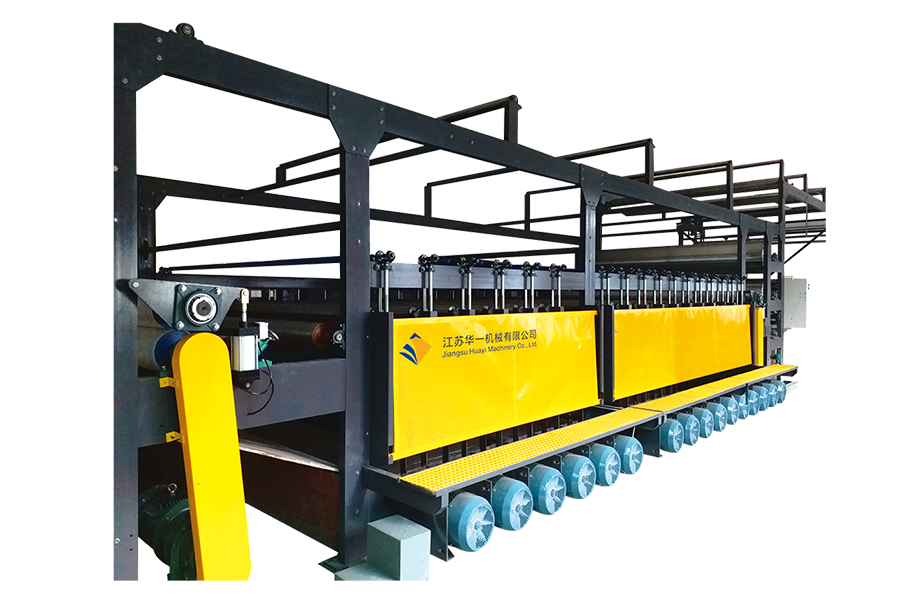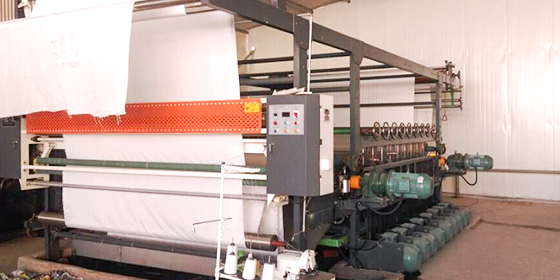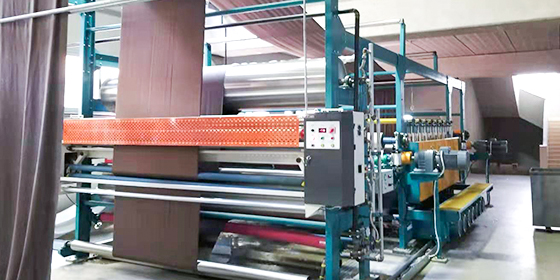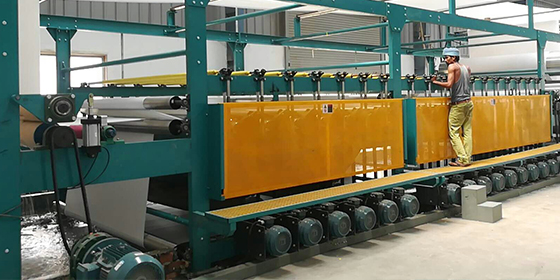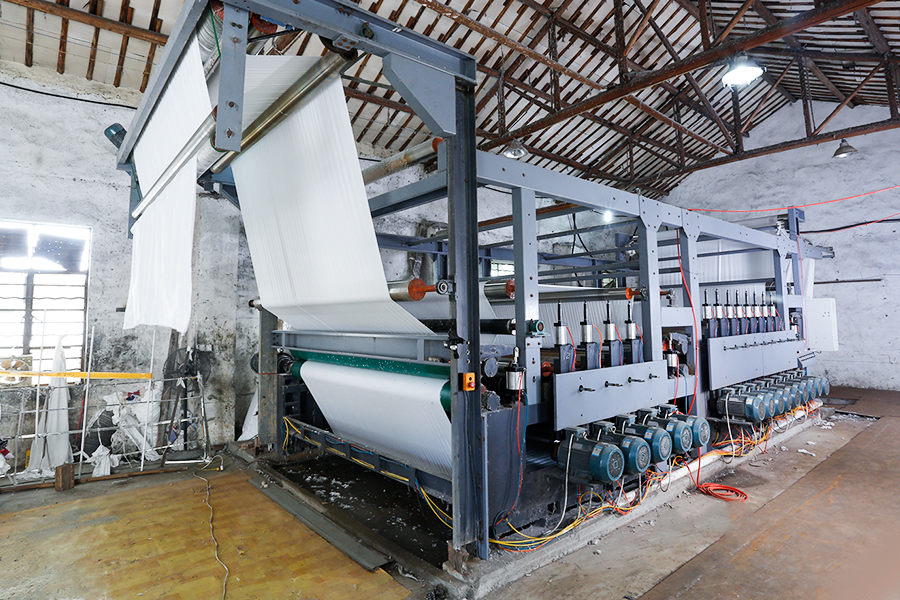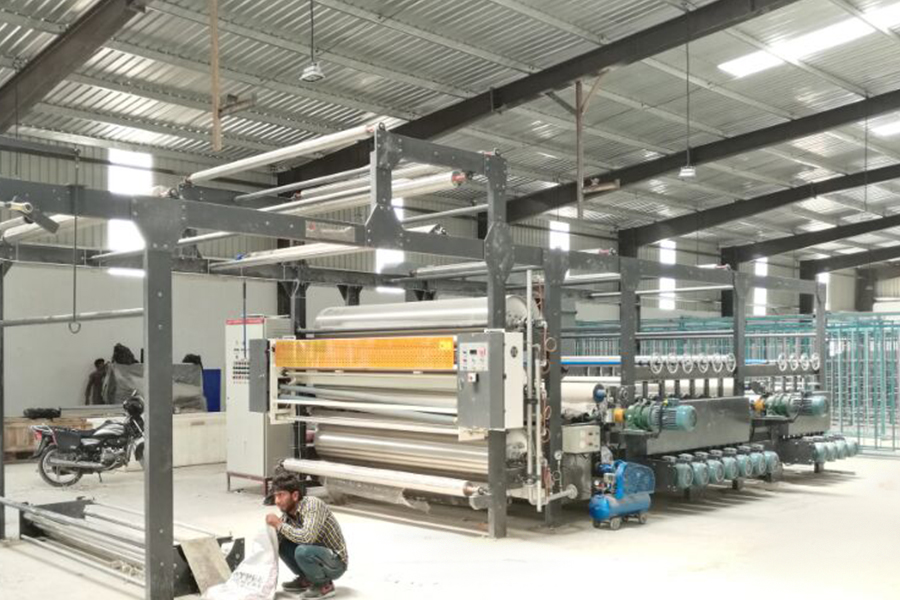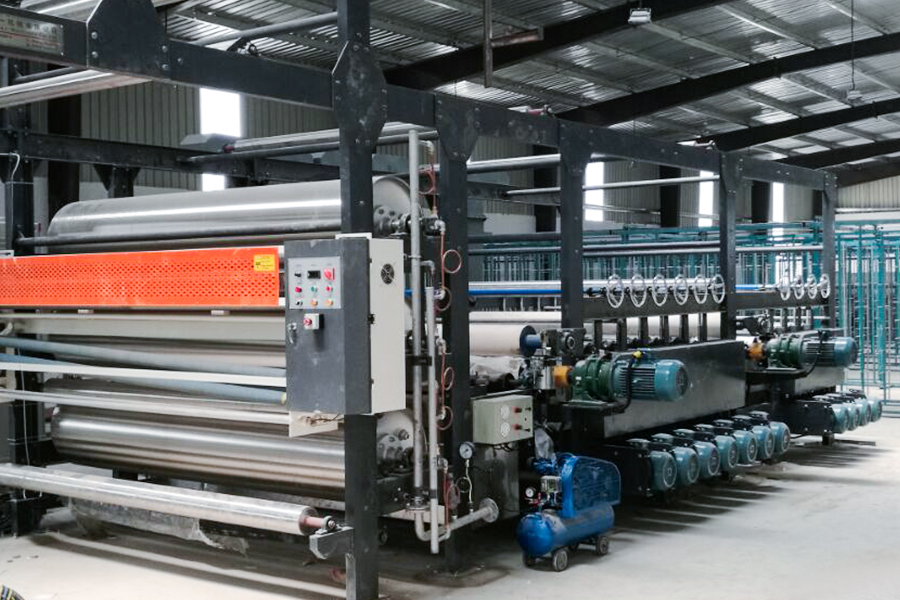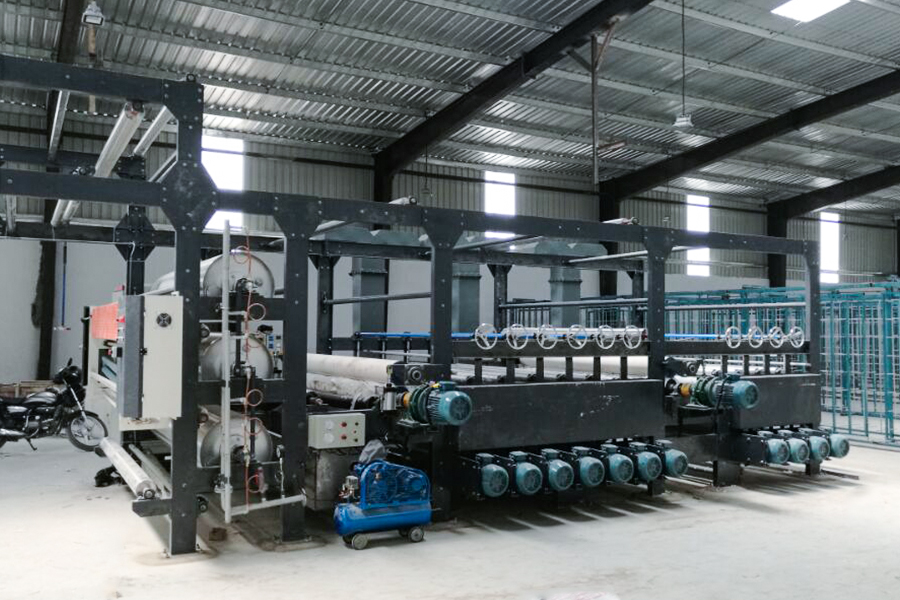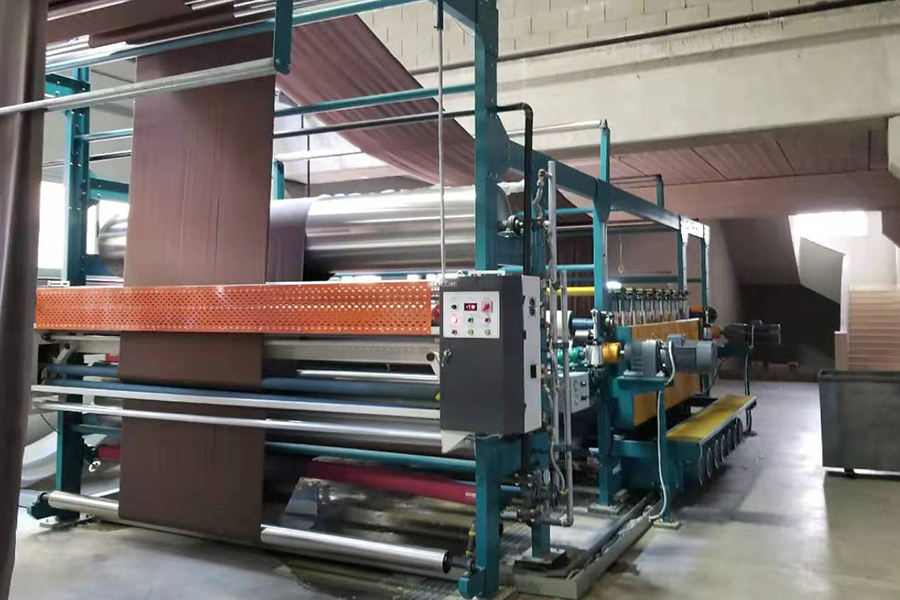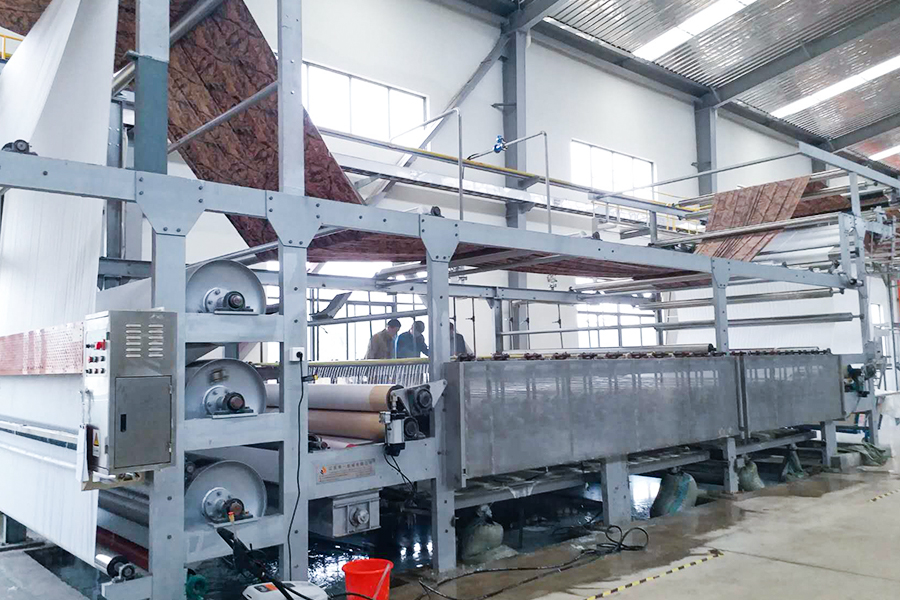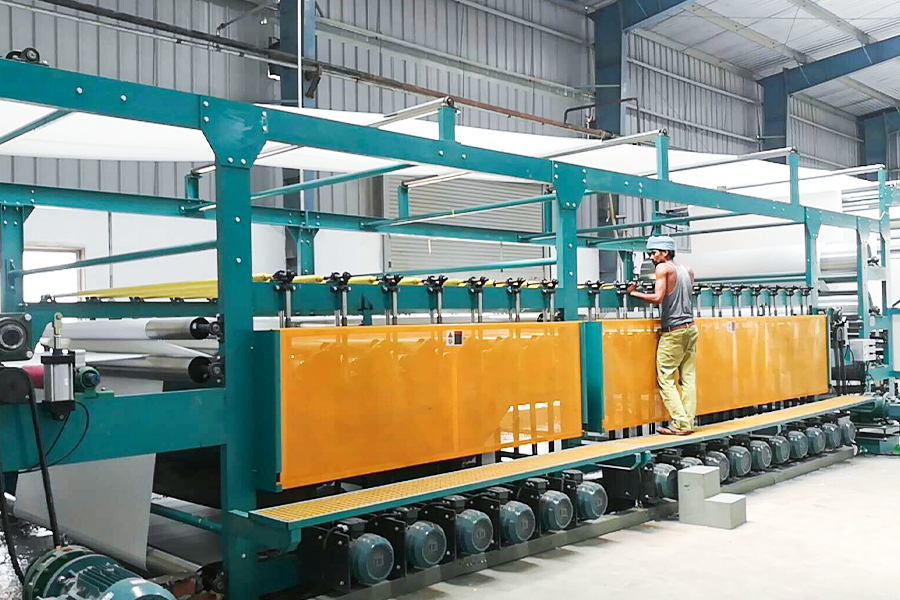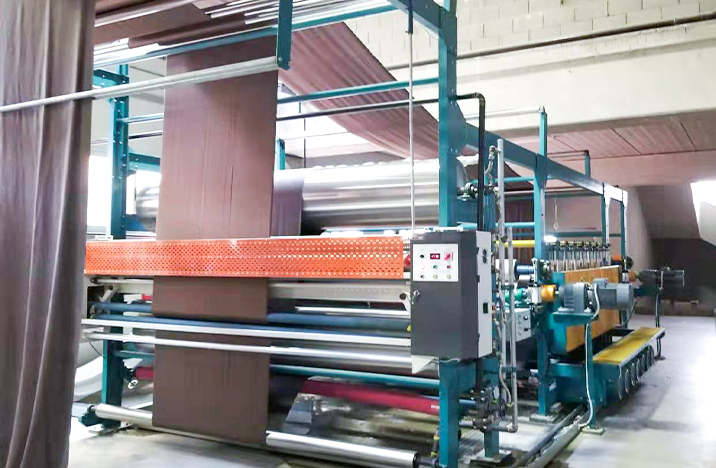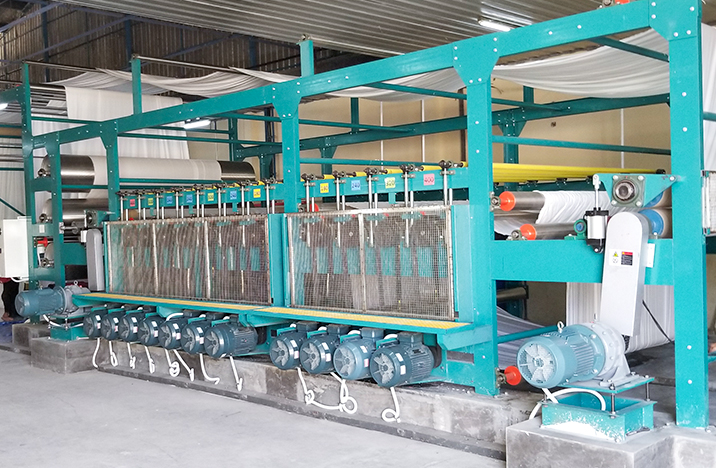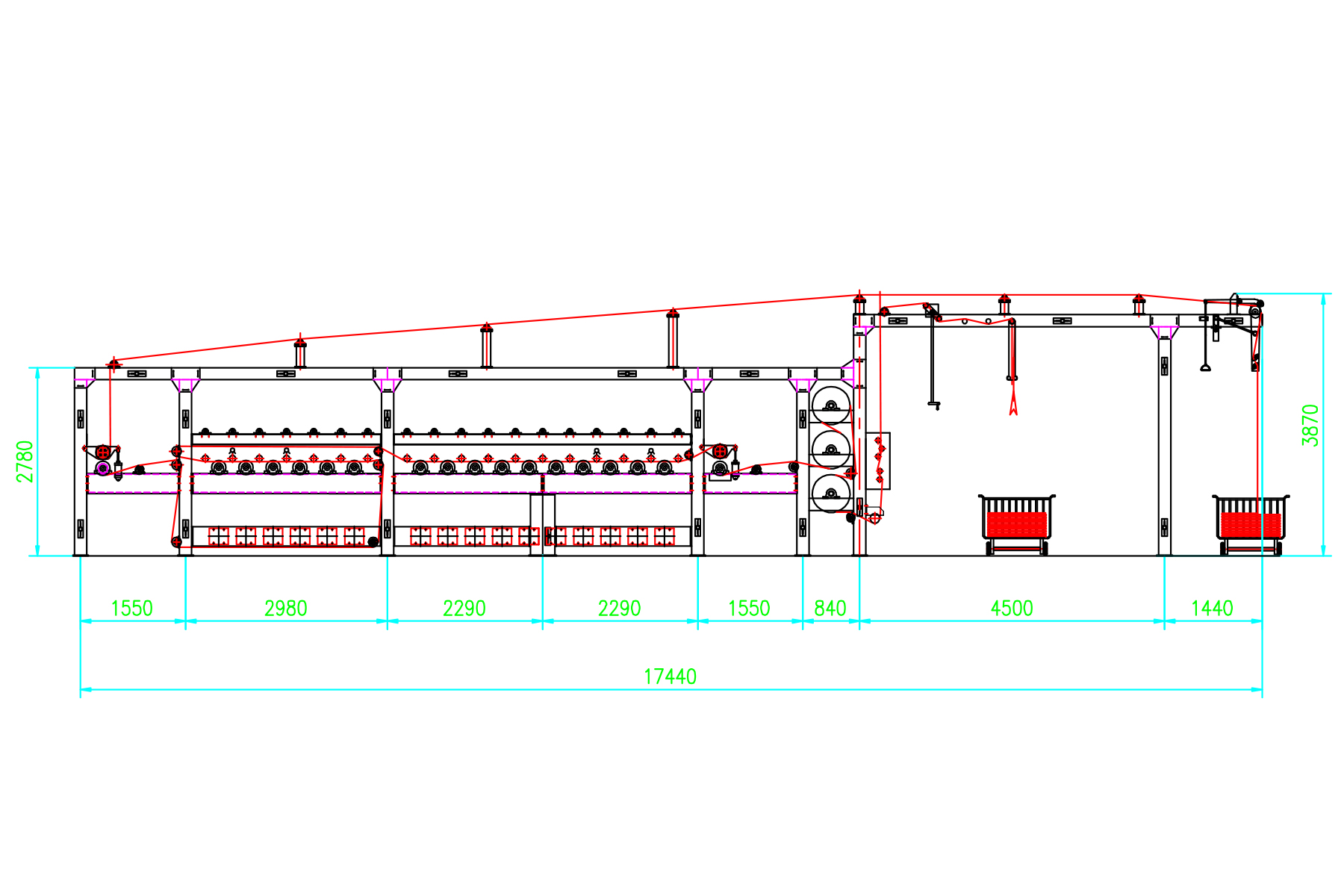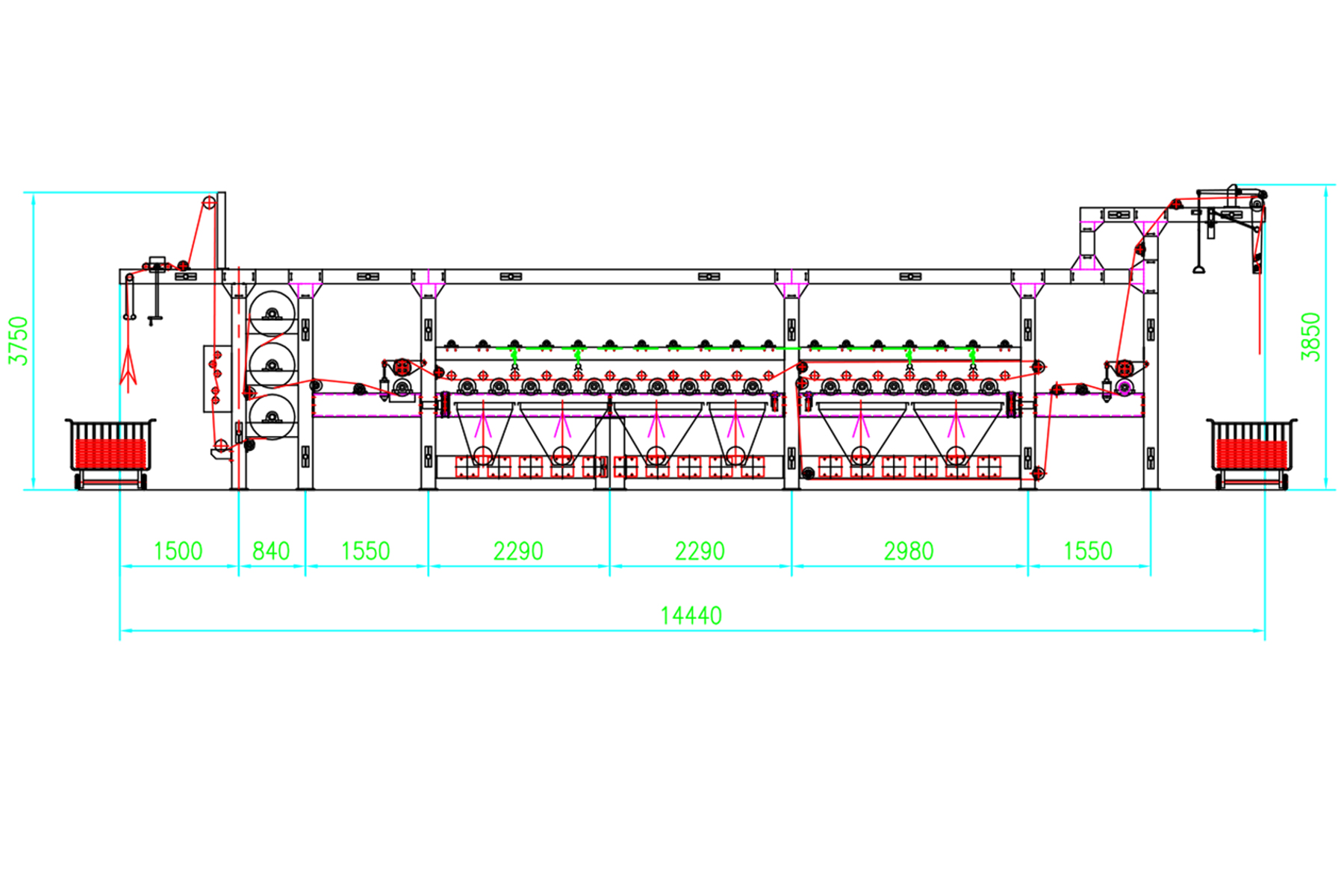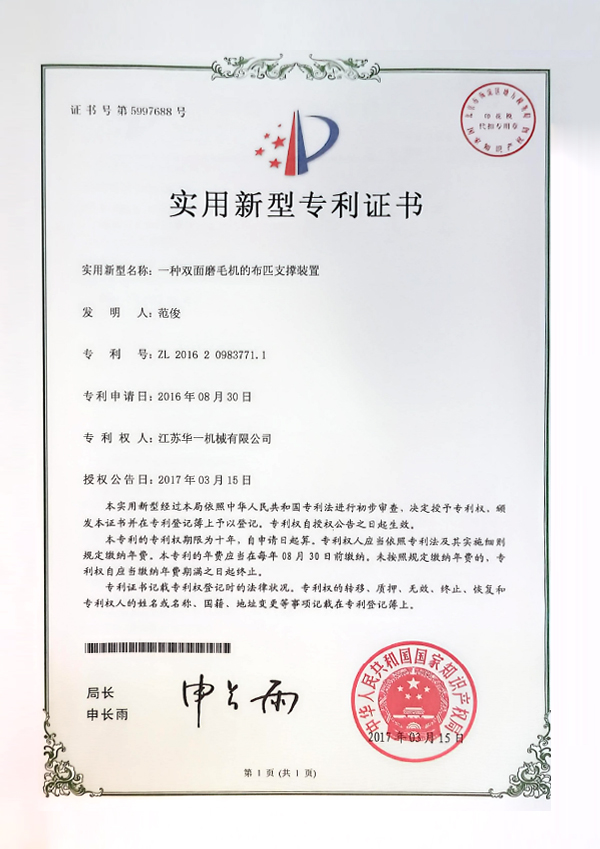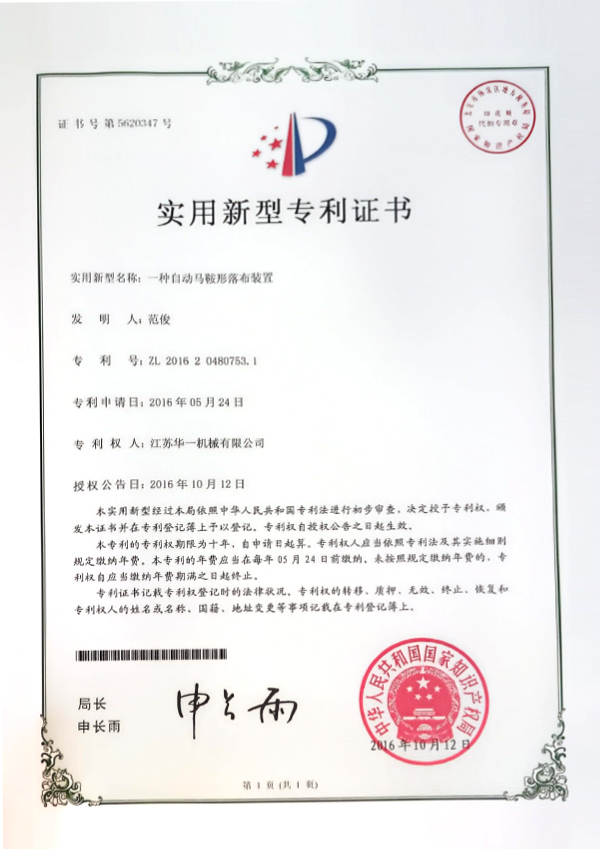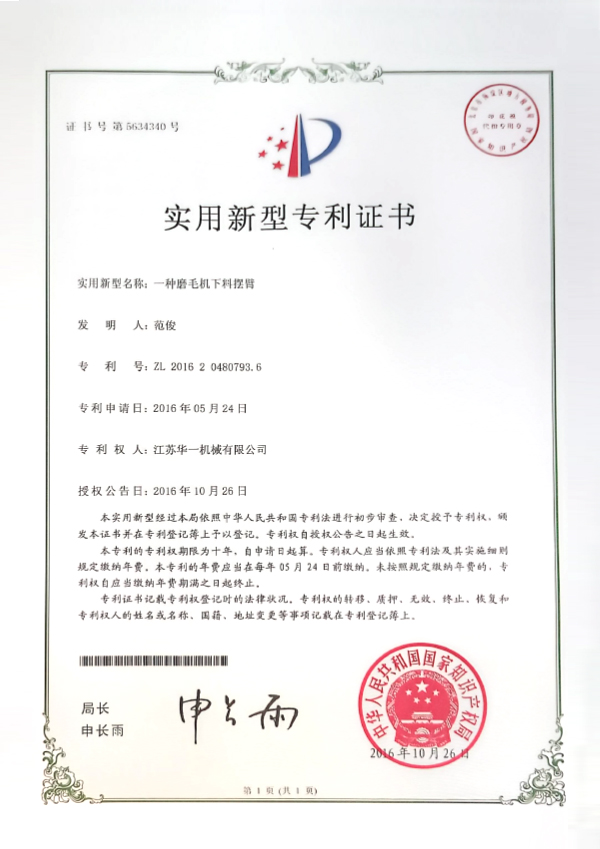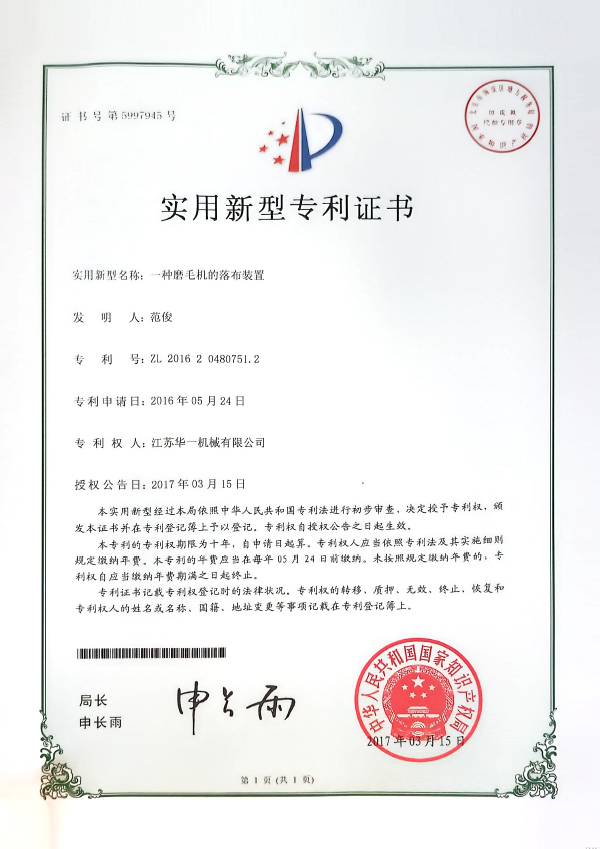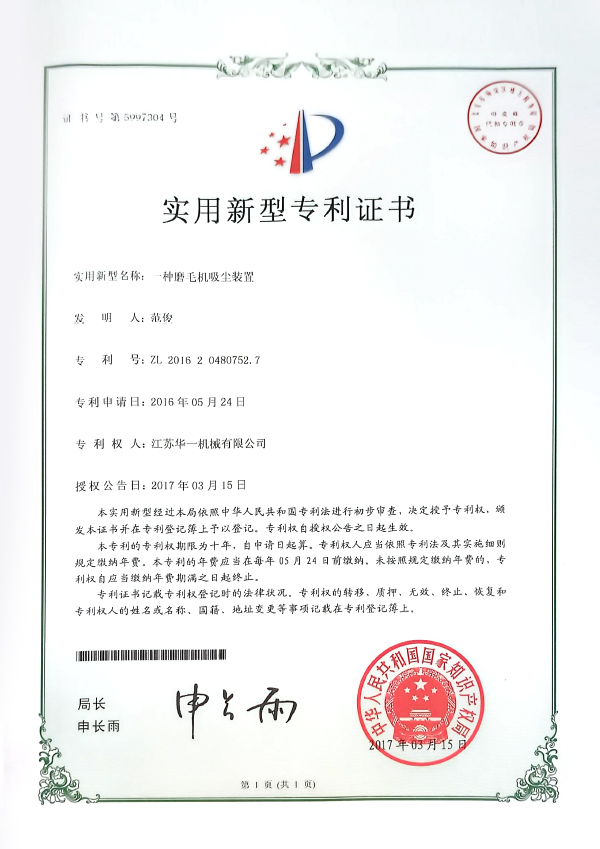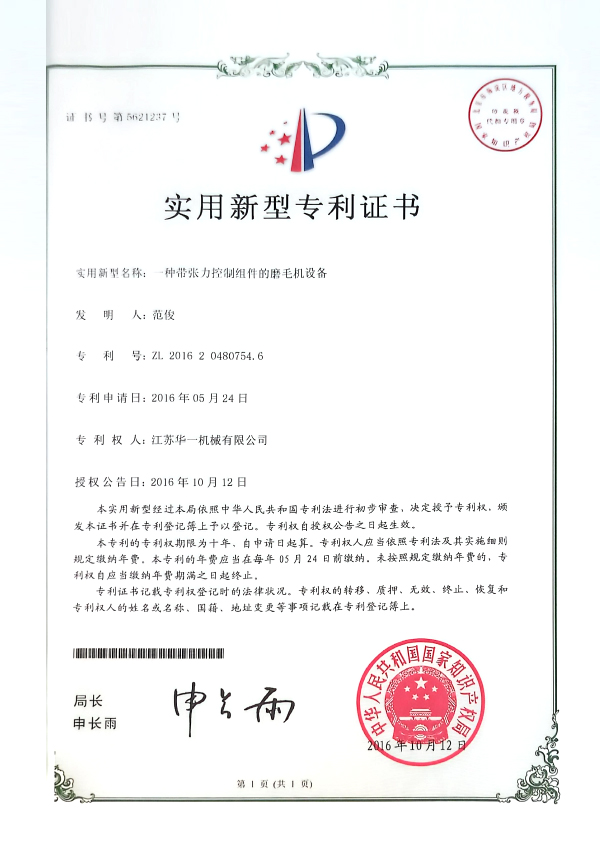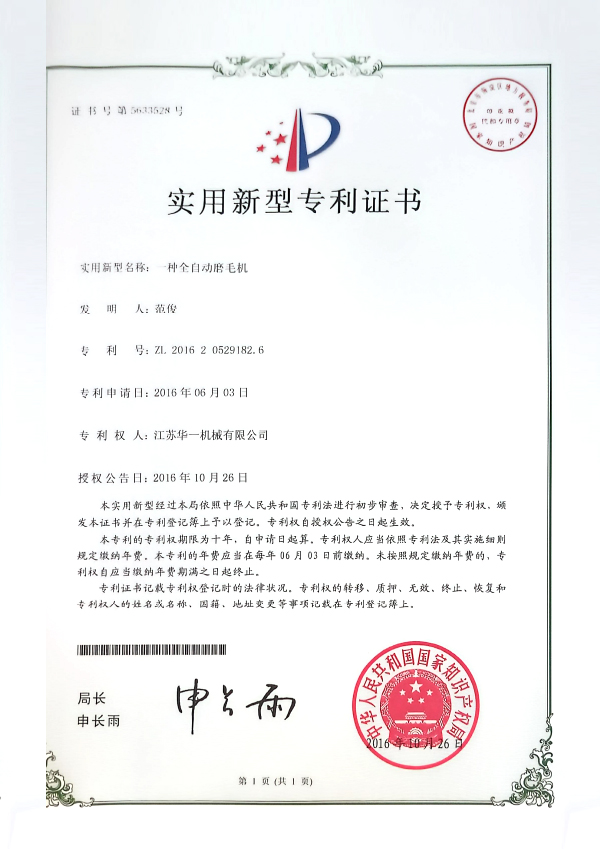What are the differences between wet and dry sueding machines, and why is wet sueding more suitable for polyester?
While traditional dry sueding is widely used for polyester fabric sueding, it often causes problems such as singeing, uneven sueding, and severe static electricity when sueding ultrafine denier polyester, polyester-cotton blends, and functional composite fabrics, affecting the feel and appearance stability of the finished fabric. In contrast, wet sueding machines for polyester, due to their moistening and flexible abrasive properties, are gradually becoming the preferred solution for treating polyester fabrics.
Core Technology Advantages:
The essential difference of wet sueding lies in the fact that during the sueding process, the fabric surface is sprayed or soaked to create a stable moist environment, which is then physically raised using the grinding wheel. This method offers the following significant advantages:
Reduced Risk of Thermal Damage: During traditional dry sueding, high-speed friction often generates significant heat on the fiber surface, which can easily cause localized overheating, singeing, or even melting of heat-sensitive materials like polyester, severely impacting the fabric's appearance and performance. Wet sanding, because it is performed in a moist state, effectively dissipates heat generated during processing, significantly alleviating the problem of heat accumulation. Fibers can be sanded in a low-temperature, gentle environment, significantly reducing the risk of heat damage and ensuring consistent fabric quality. This method is particularly suitable for heat-sensitive fabrics such as ultra-fine polyester and high-density woven fabrics.
Improves pile fineness: Water not only serves as a cooling medium but also acts as a natural lubricant. During wet sanding, wet fibers become more pliable, reducing friction and avoiding the harsh tearing of the grinding wheel on the fibers, resulting in a gentler and more uniform pile formation. This gentle sanding method imparts a more natural, richer, and finer pile to the fabric, significantly improving the skin-friendliness and tactile performance of the finished fabric. It offers irreplaceable advantages in products that demand a "skin-soft" feel, such as high-end apparel, baby textiles, and bedding.
Suppresses static electricity and stabilizes fabric edges: High-speed sanding in a dry environment can easily lead to static electricity accumulation, which can cause problems such as fuzz, fabric contamination, and fiber accumulation. Especially during dry sanding, fabric edges often curl and curl, increasing the difficulty of subsequent finishing processes such as shaping and pressing. The moist processing environment created by wet sanding effectively mitigates the generation and accumulation of static electricity, resulting in a more stable and neat fabric surface, which helps improve the smoothness of subsequent processes and the quality of finished products. Furthermore, the even wear of edges and the flatness of the fabric width make this process even more suitable for automated finishing lines, further enhancing overall processing efficiency.
Innovative Equipment Applications:
As a professional high-speed polyester sueding machine manufacturers, Jiangsu Huayi Machinery Co., Ltd. has launched a series of wet sanding machines tailored to the characteristics of polyester fabrics, focusing on addressing the compatibility and energy consumption issues of traditional dry sanding equipment in high-speed production.Highlights of these equipment include:
High-speed and efficient sanding: The equipment can achieve sanding speeds of up to 100–120 m/min, significantly improving production efficiency and making it particularly suitable for high-volume processing of heat-sensitive fabrics such as polyester. It supports single- and double-sided sanding modes to meet various fabric processing requirements. Efficient water spray wetting system: Multiple independently adjustable water spray devices ensure uniform wetting of the fabric surface before sanding. Combined with intelligent drainage and humidity control modules, this system ensures a stable wet sanding environment, effectively reducing the risk of fiber carbonization and optimizing the sanding feel.
Multi-mode flexible switching: Compatible with both dry and wet sanding processes, the system can be flexibly selected based on fabric type and finished product requirements, significantly expanding its applicability and adapting to the process standards of different processing lines.
High-precision grinding wheel combination system: Equipped with adjustable pressure grinding rollers and a multi-stage linkage sanding unit, it supports a variety of roller combinations (such as 13 rollers: 8 front and 5 back, or 16 rollers: 10 front and 6 back), enabling precise control of the sanding rhythm and fabric surface finish, avoiding excessive raising or localized damage.
Double-sided synergy improves productivity: Simultaneous sanding on both sides not only improves overall fabric surface uniformity but also significantly reduces processing time per piece, increasing hourly output and making it suitable for high-load production lines. Energy-saving and low-consumption operation logic: Utilizing an intelligent water circulation system and thermal control module, this technology effectively reduces water and electricity consumption while maintaining fabric finish quality, improving overall energy efficiency.
What are the advantages of wet sanding over dry sanding?
Wet sanding is a fabric surface treatment process performed in a wet or moist state. By introducing water or water-soluble additives during the sanding process, the lubrication effect is enhanced, resulting in a softer, more delicate fabric surface. This technology has become increasingly popular in the finishing of mid- to high-end textile fabrics in recent years. It is particularly suitable for high-density, high-count, or elastic fabrics such as ultra-fine denier polyester, polyester-cotton blends, nylon blends, and modal. It demonstrates significant advantages in the apparel and home textile industries, where feel, texture, and appearance are highly demanding.
Reducing fiber damage and protecting fabric structure: Traditional dry sanding, due to the direct contact and friction between the rollers and the dry fabric surface, can easily cause mechanical damage to the fabric during the process, such as fiber breakage, reduced strength, and uneven surface fuzzing. Fabrics with high density and fine yarns are particularly susceptible to surface defects, which can even affect the quality and stability of the finished product. Wet sanding, on the other hand, uses the lubricating and cooling effects of water to effectively reduce the dry friction between the rollers and the fibers, significantly reducing the load on the fabric. This effectively protects the fabric's structure and physical properties, ensuring a superior feel without sacrificing durability.
Improves sanding fineness and consistency: Wet sanding, aided by water, creates a lubricating buffer layer between the fabric and the rollers, ensuring a more uniform sanding contact and a gentler sanding process. This not only avoids excessive fuzzing and uneven friction often seen with dry sanding, but also results in a fine, soft, and smooth natural-looking surface. Wet sanding is particularly suitable for products requiring the highest appearance and feel, such as high-end casual wear, children's clothing, and bedding. It can significantly enhance the fabric's texture and quality, strengthening its market competitiveness.
Optimizing production processes and improving finishing efficiency: Modern wet sanding equipment often features an integrated design, allowing for a continuous process flow with subsequent processes such as washing, softening, dehydration, and drying. This eliminates the time and labor costs associated with frequent loading and unloading of the machine and multiple transfers required in traditional processes. For manufacturers, this integrated, streamlined finishing model not only improves output per unit time, but also helps stabilize product quality and reduce batch variability. Furthermore, for customers with large orders or tight deadlines, it effectively shortens delivery cycles and improves overall production efficiency.
More environmentally friendly and energy-efficient, contributing to green manufacturing: Compared to dry sanding, which is generally subject to high dust and power consumption, wet sanding offers significant advantages in energy conservation and emission reduction. For example, Huayi's wet sanding equipment features an advanced water recycling system and water-saving module, significantly reducing fresh water usage and wastewater discharge while maintaining high-quality sanding results. Furthermore, by optimizing the motor drive system and roller speed control structure, overall energy consumption is reduced, helping companies achieve green production and a low-carbon transition. This also makes wet sanding more in line with the current "dual carbon" policy and the international market's procurement standards for sustainable development.

 简体中文
简体中文 English
English عربى
عربى